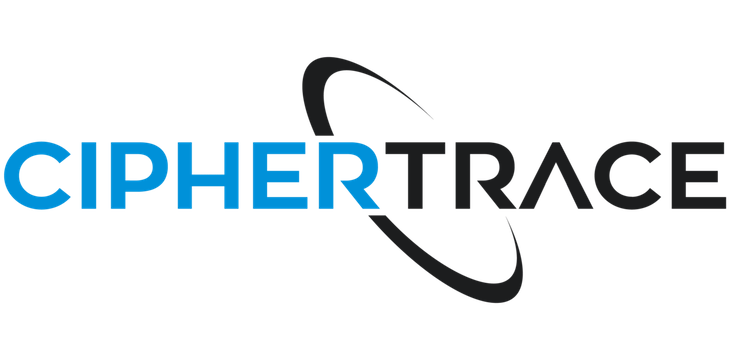|
Getting your Trinity Audio player ready...
|
According to blockchain analytic firm CipherTrace’s latest blog post, DeFi crime is on the rise. DeFi hacks make up roughly 21% of the 2020 digital currency hack and theft volume, and even the hacks and thefts that did not happen directly in DeFi often used DeFi platforms to launder stolen funds.
In the first half of 2020, DeFi platforms accounted for 45% of all thefts and hacks ($51.5M or 40% of hacked volume), and in the second half of 2020 DeFi platforms accounted for 50% of all thefts and hacks ($47.7M or 14% of hacked volume).
Why is DeFi related crime on the rise
The popularity of DeFi platforms and the massive inflow of funds into the DeFi ecosystem make it a prime target for hackers.
“DeFi protocols are permissionless by design, meaning they often lack any clear regulatory compliance and anyone in any country is able to access them with little to no KYC information collected,” says the CipherTrace announcement. “As a result, DeFi can easily become a haven for money launderers.”
UniSwap, the most popular DeFi platform, has no KYC or AML verification process. To begin using UniSwap, all you have to do is connect your wallet and you can begin trading. Unfortunately, this makes UniSwap an attractive option for cybercriminals looking to launder money.
When KuCoin was hacked on September 25th, the KuCoin hacker used UniSwap to launder some of the digital currency that they stole from KuCoin.
On the bright side…
The good news is, digital currency-related crime as a whole has significantly decreased from the rates it was occurring in 2019. In 2019, a whopping $4.5 billion was stolen by way of hacks, theft, and fraud; in 2020, that number has plummeted to $1.8 billion–a 60% decrease. Digital currency-related crime as a whole has declined because many digital currency service providers have heightened their security and user verification processes. That being said, it is no wonder that cyber-criminals and illicit actors have flocked to the platforms with little to no security at all.

 12-14-2025
12-14-2025 





